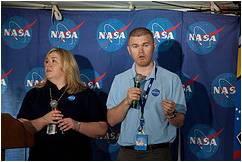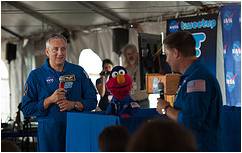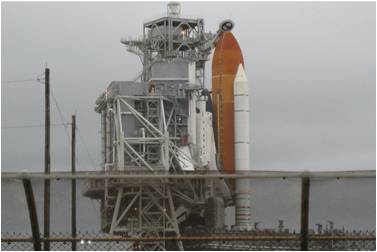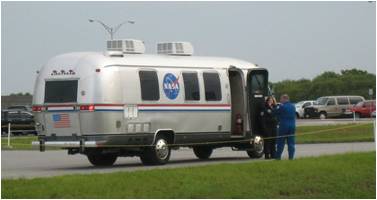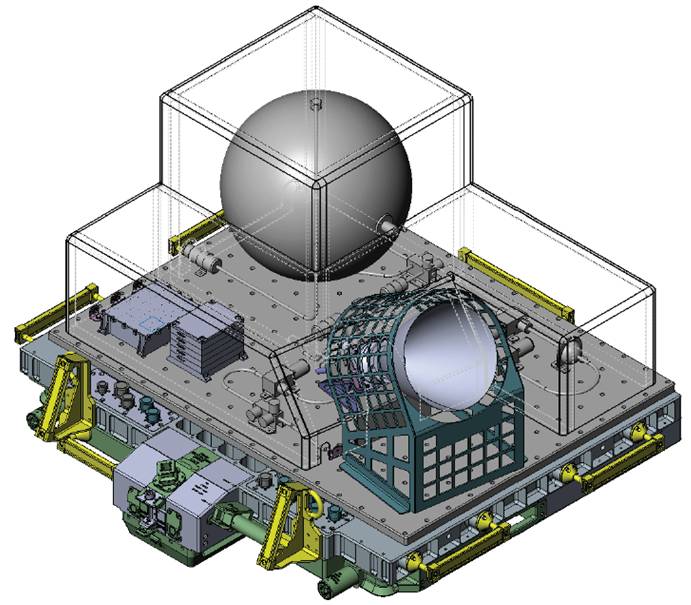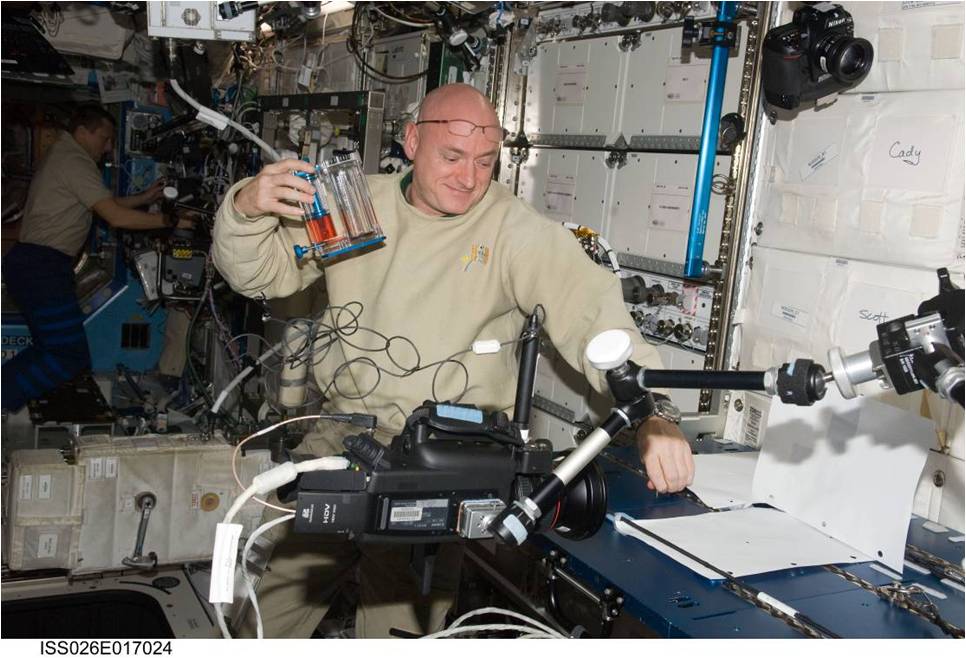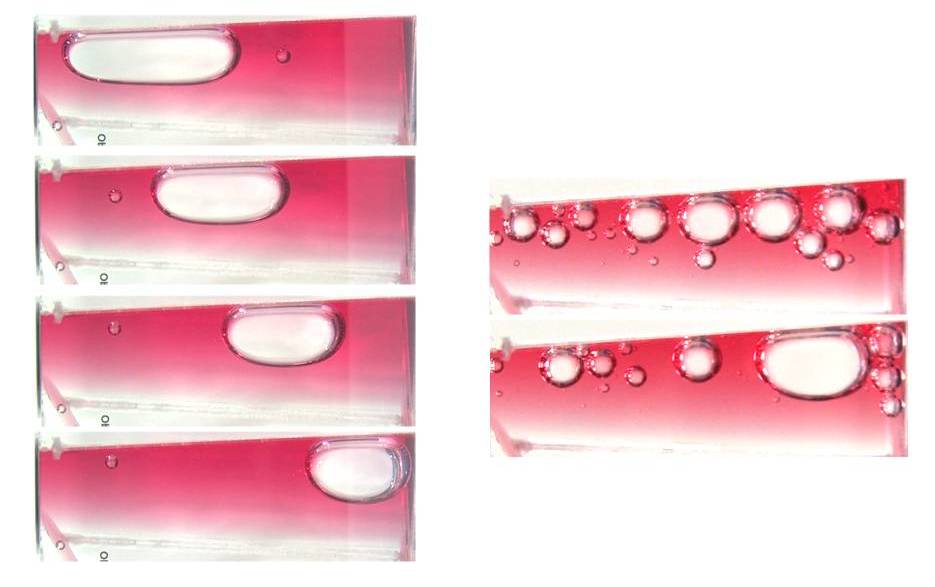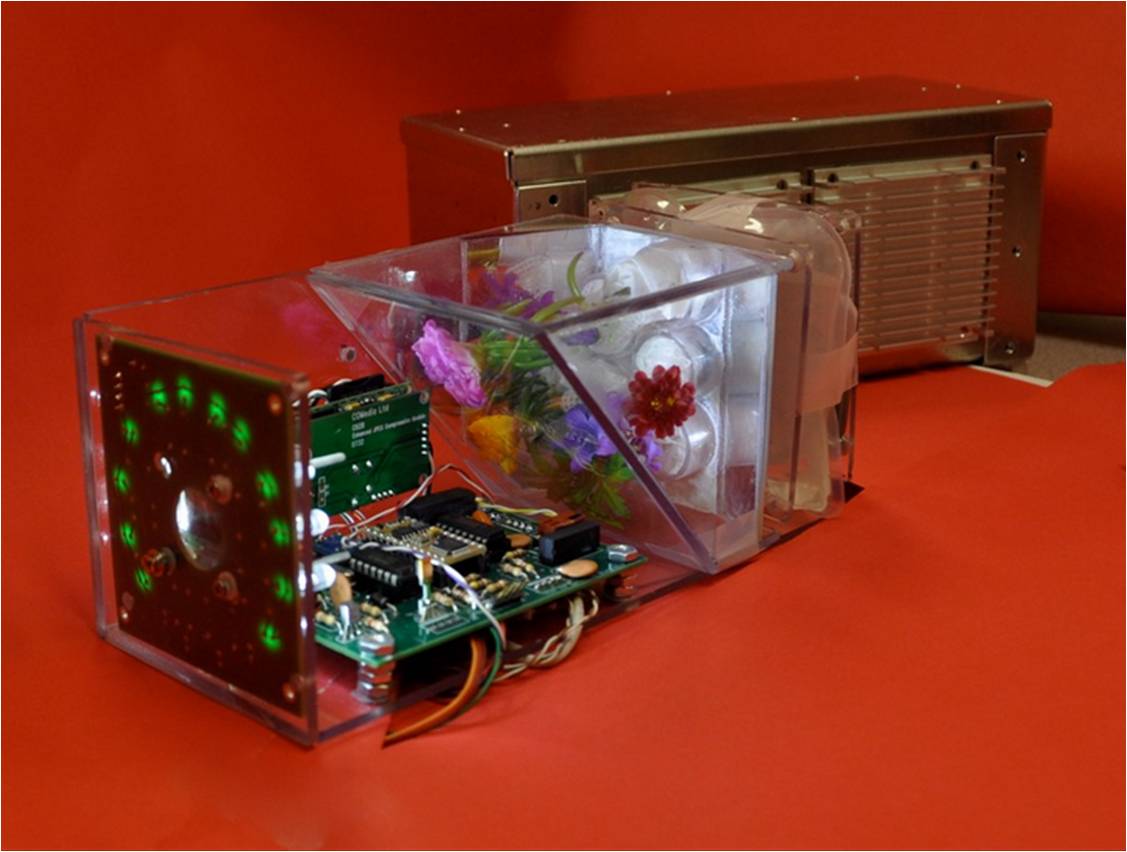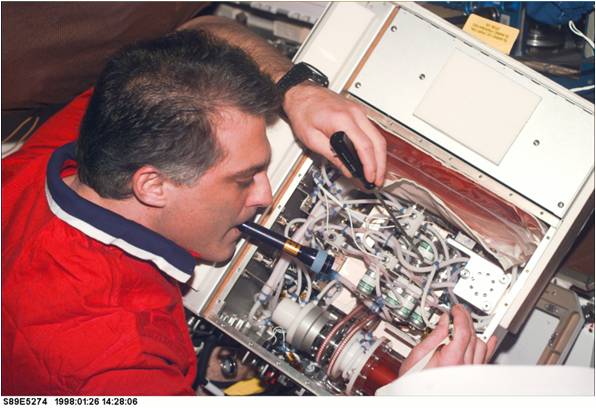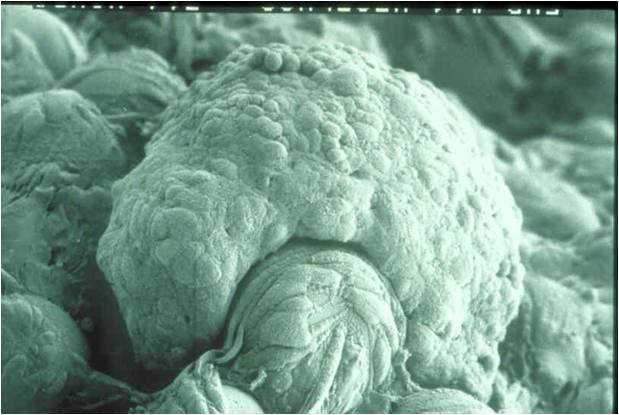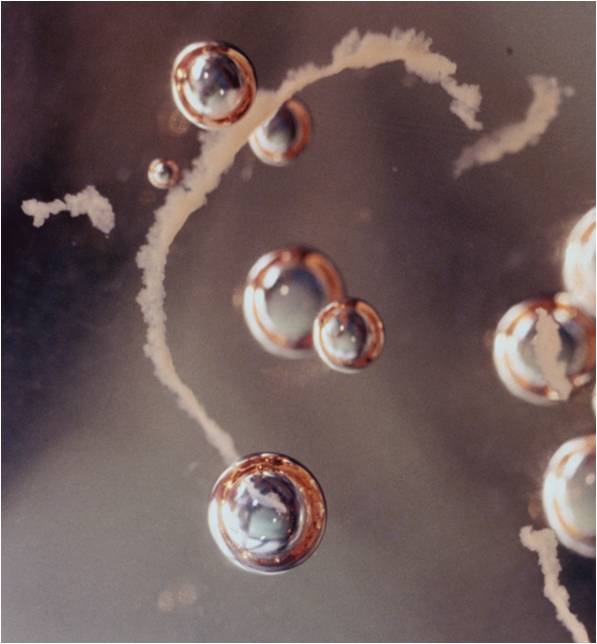A LabAloft guest blogger Dylan Mathis, is the man behind the sensational “What Kindof World Do You Want” International Space Station YouTube video. Today heshares how this tribute to the Space Shuttle Program on behalf of the spacestation is his way of continuing the message of exploration to the world.
When people ask me why I put together the “World” video, I tell them it is amultimedia thank you on behalf of the International Space Station Program tothe Space Shuttle Program for building the station. Without this fleet ofamazing heavy-lift vehicles, it would not have been possible to launch andconstruct the various modules into the orbiting laboratory we have and usetoday.
I work at Johnson Space Center in Houston,Texas, as the Mass Communications Lead for the International Space StationProgram. This is an exciting career that allows me to use my imagination,talents and love of space together to create dynamic products, such as the“World” video, to promote NASA’s goals. I’m lucky to work on something I enjoyand believe in, which is part of why this video’s message struck such a chordwith me—and I suspect with the viewers, as well.
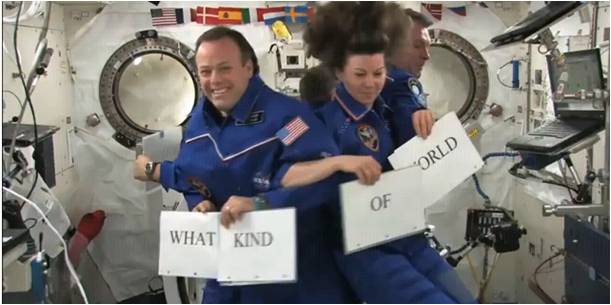
Screenshot from “World” video on NASA YouTubeshowing the International Space Station crew with the visual question: Whatkind of world do you want?
(NASA Image)
The concept for the “World” video sparkedwhen I was working with Expedition 25 Commander Doug Wheelock, or “Wheels”, on hispostflight video. He asked me to see about getting song rights from a bandcalled “Five for Fighting” to play along with his video. Typically that is nota simple process. I emailed Five for Fighting’s bandleader, John Ondrasik,explaining to him Wheels’ request. To my surprise, John replied 29 minuteslater, saying he would be honored to grant us the rights to use the music. Evidentlyhis dad had worked for NASA’s Jet Propulsion Laboratory in the 70’s and hehimself was a self-proclaimed big space nut.
When I heard the song “World,” I was struckby the inspirational lyrical content. I knew this music had the potential tomake a tremendous soundtrack for an outreach video. So, while we were workingon Wheels’ postflight video, we negotiated additional usage rights at the sametime. The final agreement allows for the use of this song for 10 years on NASA TV,NASAYouTube, NASA.gov and any official NASA event,including when astronauts and management speak to the public.

Screenshot from “World” video on NASA YouTubeshowing Expedition 23/24 Flight Engineer Tracy Caldwell Dyson enjoying the viewfrom the Window Observational Research Facility, or WORF, aboard theInternational Space Station.
(NASA Image)
In making this video, I timed the imagery ofboth the space shuttle and the space station with the lyrics to describe themas the masterpieces that they are. These two iconic achievements of theaerospace industry are intermixed with imagery of children on Earth andastronauts working and living in space. My hope is that as viewers listen andwatch the combination play out before them, they will think of space explorationwith excitement and awe.
There are also images of the Earth from thespace station and shuttle in the mix. I wanted to share a reminder of thebenefits of space to life on our planet by including an Earth views. Reachingfor the stars has yielded so many advances for current and future generationsand I want younger viewers to consider a future in science and engineering. Itis this very sense of wonder, which I tried to convey in the video, that drivesso many real achievements in space.
I was honored by the reception the videoreceived. In fact, there was an unanticipated spinoff from the production, asmy connection with “Five for Fighting” turned into an onsite tribute concert atJohnson Space Center to honor the Space Shuttle Program. The show took place onAugust 27, 2011 for an audience of NASA employees, contractors and theirfamilies as a “thank you” for their support.
The key message that I heard from the lyrics in“World” is that history starts now. This video is an invitation to each viewerto take action and think about the question, “What kind of world do you want?” Whatcan each of us do today to make tomorrow that much better? I ended the videowith a reminder that even with the retirement of the space shuttle, theInternational Space Station will continue to operate and make remarkablediscoveries to benefit humanity until at least 2020 and perhaps beyond. We arejust getting started!
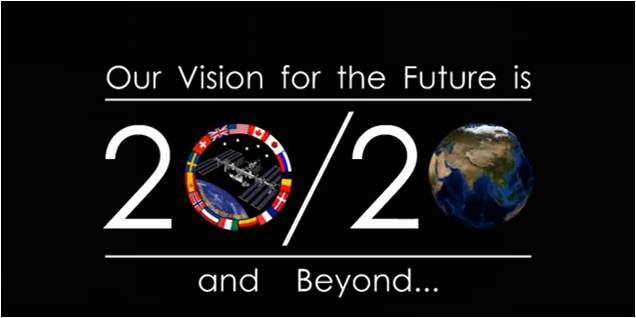
Screenshot from “World” video on NASA YouTubeshowing the planned operational duration of 2020 for the International SpaceStation.
(NASA Image)
DylanMathis is currently the Mass Communications Lead in the International SpaceStation Program Office of External Integration. He earned an undergraduatedegree in Radio, Television, and Film and a Masters degree in High DefinitionTelevision and Digital Media from Baylor University. Dylan has worked at NASAin the International Space Station Program over 11 years.




